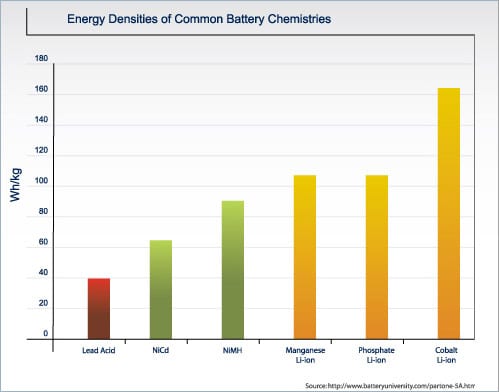https://www.sanfoundry.com/1000-control-systems-questions-answers/
https://electronicspost.com/multiple-choice-questions-and-answers-on-control-systems/
https://www.careerride.com/mcq/control-systems-electronic-engineering-mcq-questions-answers-292.aspx
http://www.gcebargur.ac.in/sites/gcebargur.ac.in/files/Control%20System%20Objective%20Type%20Questions.pdf
https://www.gateacademy.co.in/pdf/Control-System/1.pdf
https://www.sanfoundry.com/1000-control-systems-questions-answers/
https://instrumentationtools.com/top-100-control-systems-objective-questions-answers/
https://electronicspost.com/multiple-choice-questions-and-answers-on-control-systems/
https://instrumentationtools.com/top-100-control-systems-objective-questions-answers/
https://electronicspost.com/multiple-choice-questions-and-answers-on-control-systems/
https://www.careerride.com/mcq/control-systems-electronic-engineering-mcq-questions-answers-292.aspx
http://www.gcebargur.ac.in/sites/gcebargur.ac.in/files/Control%20System%20Objective%20Type%20Questions.pdf
https://www.gateacademy.co.in/pdf/Control-System/1.pdf
https://www.sanfoundry.com/1000-control-systems-questions-answers/
https://instrumentationtools.com/top-100-control-systems-objective-questions-answers/
https://electronicspost.com/multiple-choice-questions-and-answers-on-control-systems/
https://instrumentationtools.com/top-100-control-systems-objective-questions-answers/
Section 5 - Instrumentation and Process Control
Measurement of process variables; sensors, transducers and their dynamics, process modeling and linearization, transfer functions and dynamic responses of various systems, systems with inverse response, process reaction curve, controller modes (P, PI, and PID); control valves; analysis of closed loop systems including stability, frequency response, controller tuning, cascade and feed forward control.
